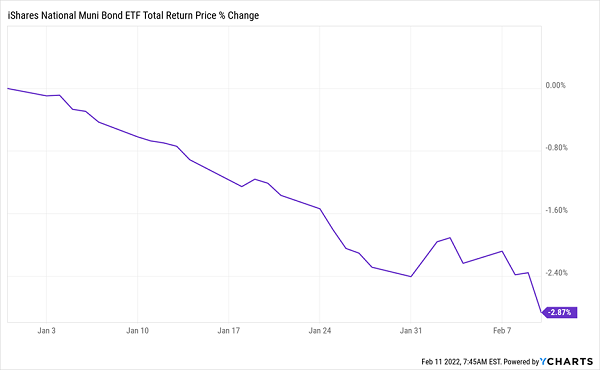mREITs: Soon-to-Be Fed Victims, Or High-Yield Surprises?
Brett Owens, Chief Investment StrategistUpdated: February 18, 2022
The stock market doesn’t just hand out safe yields up to 11.8%, vanilla money managers will tell you. And they are mostly right—but sometimes wrong.
When these 11.8% dividends are safe to buy, it can really pay to be contrarian.
An 11.8% yield means that a million-dollar portfolio can generate $118,000 in passive income per year. That is a solid six-figure salary to start with.
It is dividends like these that make mREITs (mortgage real estate investment trusts) so attractive. We’ll highlight three today that yield between 10.3% and 11.8%. But first, a business primer.
mREITs: Big Dividend Rewards (with Risks)
Equity REITs own and maybe even operate a number of properties, be they malls, hotels, hospitals or even driving ranges.… Read more

